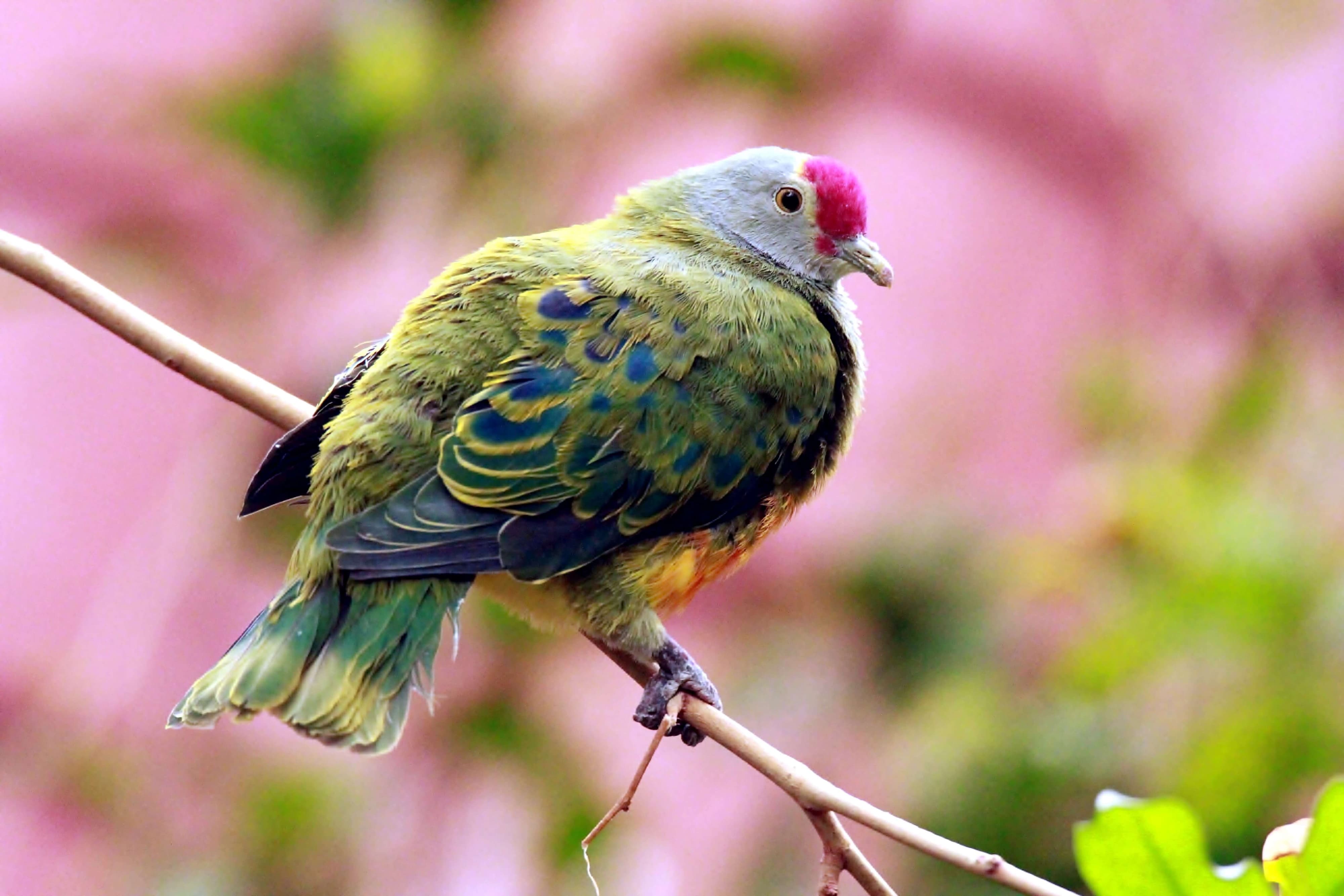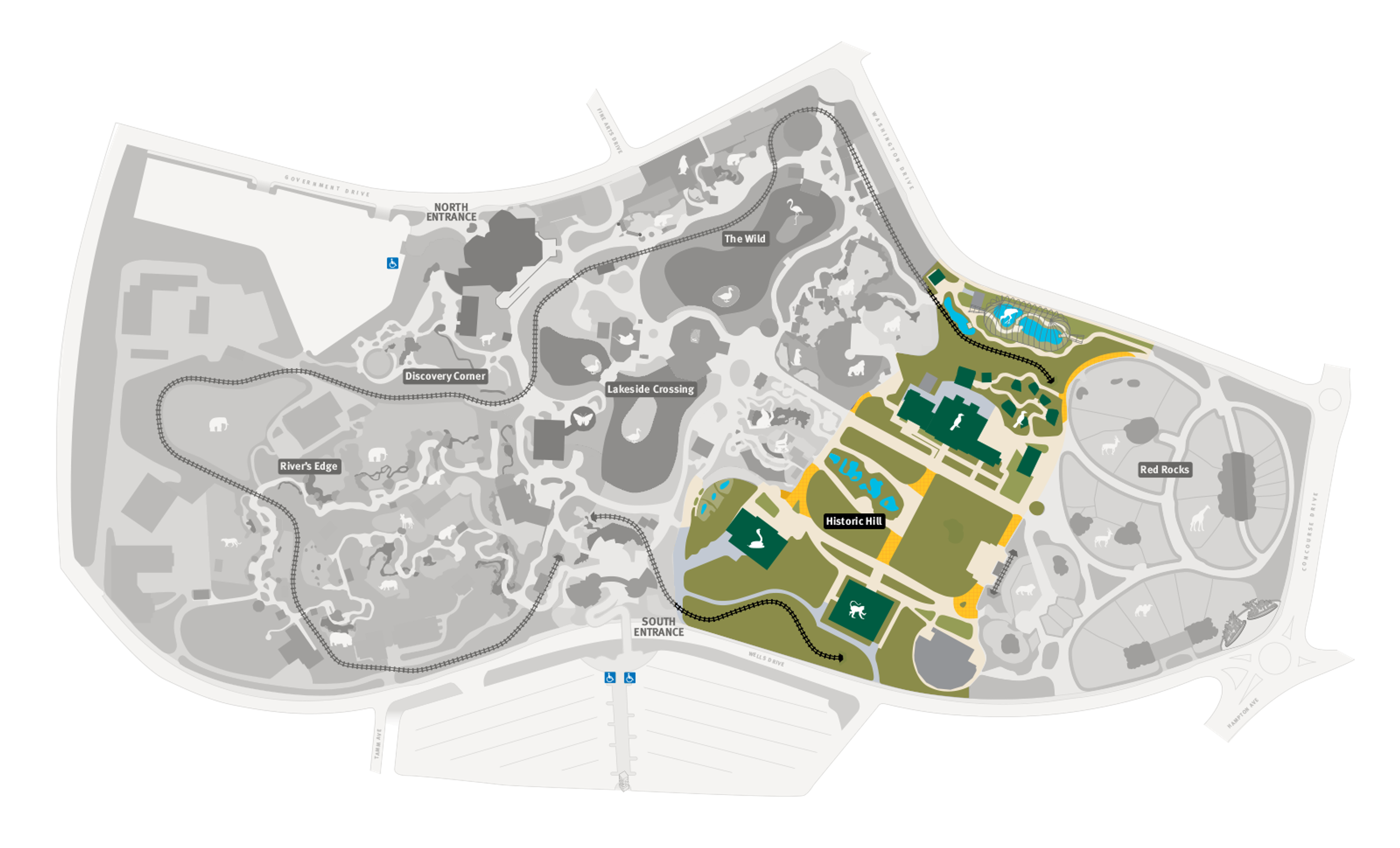
Mariana’s Fruit Dove
Ptilinopus roseicapilla
Did you know?
- Mariana's fruit doves are part of the Columbidae family, which they share with doves and other pigeons.
- They eat fruits, vines and palms.
- Both parents help raise chicks.
- A young chick is called a squab.
- A female will lay one egg per clutch.
Young and Family
During mating season, a male Mariana's fruit dove will sit on a branch next to a female, puff himself up, and stretch to make himself look larger and taller. Like other fruit doves, this dove lays a single white egg. Both parents help sit on the egg and raise the chick. Newly hatched chicks are fed "crop milk." Crop milk is a special secretion from the parents' crop ( a small pouch near the esophagus) that is high in fat and protein.
Gone from Guam
Like many of the bird species on Guam, the Mariana's fruit dove fell victim to a snake. There are no snakes that are naturally endemic to Guam, but in the 1940s, people began to notice a new kind of reptile on the island: brown tree snakes. Scientists think they arrived on the island as stowaways on cargo ships.
Mariana's fruit doves are endemic to the Mariana Islands, and are still found on many of them, but they are no longer found on Guam. In just a few short decades, the invasive brown tree snake devastated the island’s forest bird species.
Threat Level
- Unknown
- Common
- Near Threatened
- Threatened
- Endangered
- Critically Endangered
- Extinct in the Wild
Endangered
The Mariana's fruit dove faces a high risk of extinction in the wild.
Range
Guam, Northern Mariana Islands
Habitat
Tropical islands
we care about Mariana's fruit doves
In 1993, the Saint Louis Zoo participated in a program to capture wild Mariana's fruit doves. They are being bred in captivity to help save the species. We participate in the Species Survival Plan for Mariana's fruit doves. This is a cooperative breeding program, with a number of zoos working together to ensure the survival of the species.
Through the Saint Louis Zoo WildCare Institute Center for Avian Conservation in the Pacific Islands, we are also working to save various species on Guam. Learn more about how we are helping species in the wild.
Find this animal in Historic Hill

SAINT LOUIS ZOO ZONE
Historic Hill
Historic Hill is a lovely stroll through one of the oldest parts of the Saint Louis Zoo. From the 1904 World’s Fair Flight Cage to the Spanish architectural flavor of the 1920s in the Bird House, Primate House and Herpetarium to the finishing touches of our thoroughly modern exhibits, this area of the Zoo has a unique ambiance and a nostalgic history that make it a great destination.

